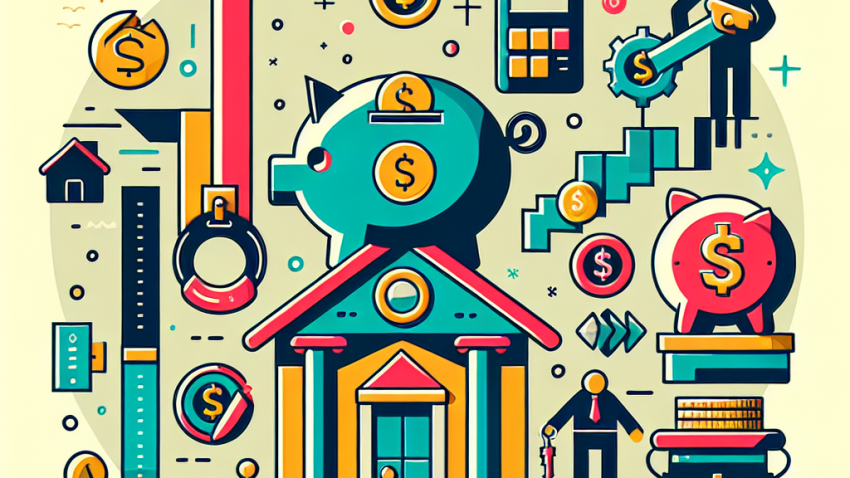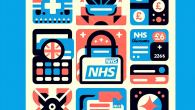
Can You Build Wealth with Just a Savings Account?
How to Start Budgeting When You Have No Idea Where to Begin
Let’s be real for a second: the word “budget” doesn’t exactly give you the same warm fuzzies as, say, “pizza night” or “3-day weekend.” But here’s the thing—budgeting doesn’t have to feel like punishment. In fact, it’s the #1 tool that can bring you serious peace of mind about your money. And the best part? You don’t need to be a financial expert or wear a green visor to get started.
Hi, I’m Tom Bradley—your average guy turned personal finance nerd. I’ve helped rookies, students, and even the financially terrified get their money on track without giving up coffee or sanity. So if you’re here wondering how on earth to create a budget when you’re starting from absolute zero, you’re in the right place.
What Is a Budget, Really?
Let’s kick things off with the basics. A budget is simply a plan for how you’re going to spend your money. That’s it. It’s not financial jail. It’s not only for people with six-figure incomes. It’s a tool that gives you control over your money, rather than letting your money control you.
A good budget helps you:
- Stay on top of your bills
- Start saving (finally!)
- Know exactly where your money is going
- Avoid debt or get out of it faster
No fancy suits required. Just a willingness to look your money square in the face.
Step 1: Know How Much Money You’re Bringing In
You know that moment when you check your bank account before a night out and think, “Where did all my money go?” Yeah, let’s fix that. Start by figuring out your total monthly income. That means:
- Your paycheck(s) after taxes
- Side hustle earnings
- Any government benefits
- Alimony or child support (if applicable)
Only count the money you actually receive—not your gross income. This is your starting point, your financial launchpad.
Step 2: Track Your Current Spending
This part may be uncomfortable (like reading your old Facebook posts), but it’s essential. Before you make a budget, you need to know where you’re currently spending money—even if it hurts.
Go through the past month of bank and credit card statements. Categorize your spending like this:
- Housing (rent, mortgage, utilities)
- Transportation (gas, insurance, public transit)
- Groceries and dining out
- Subscriptions (streaming, apps, boxes of mystery snacks from overseas)
- Fun & entertainment
- Debt payments (credit cards, student loans)
- Savings & investments (if any)
Use a spreadsheet, a notebook, or a free budgeting app—whatever works for your style. The goal is to spot patterns and leaks. Are you spending $150/month on coffee? Hey, no judgment—just awareness.
Step 3: Set Financial Goals
Budgeting without goals is like trying to bake cookies without a recipe. You need a reason for making changes. Ask yourself:
- Do I want to pay off credit cards?
- Build an emergency fund?
- Save up for a new laptop or vacation?
- Stop living paycheck to paycheck?
Write down 1–3 goals, both short-term (1–6 months) and long-term (1+ year). These will shape how aggressive or flexible your budget needs to be.
Step 4: Build a Simple Zero-Based Budget
You don’t need spreadsheets with formulas that look like The Matrix. Just a straightforward budgeting method that works—and I’m a fan of the zero-based budget.
Here’s how it works: You take your total monthly income, and you “assign” every dollar a job, until there are exactly zero dollars left. Doesn’t mean spending it all! Some of your dollars will go to saving or debt. Example:
- Income: $2,500
- Rent: $850
- Utilities: $150
- Groceries: $300
- Transportation: $250
- Debt payments: $200
- Savings: $300
- Entertainment/Fun: $100
- Misc: $350
Total: $2,500. Bingo. Every dollar is accounted for. And no, it won’t be perfect on the first try. Adjust as needed.
Step 5: Choose the Right Tools for You
Remember, this is your budget. Make it work for your brain type. Some people love spreadsheets, while others need a visual app. Here are a few simple options:
- Spreadsheets: Great if you’re good with numbers.
- Paper & pen: No tech needed, budget like it’s 1995!
- Apps: Like Mint, YNAB (You Need A Budget), or EveryDollar.
Tip: Don’t spend hours setting up color-coded tabs if it overwhelms you. Start simple. Progress over perfection.
Step 6: Stick With It (Here’s How)
Here’s where most budgets fail—not because they’re bad, but because people don’t stick with them. Some quick hacks to stay on track:
- Do weekly money check-ins: Review spending every Sunday with your favorite snack.
- Make it flexible: Life changes. Update your budget when it does.
- Reward yourself: Hit your savings goal? Treat yourself to a small celebration!
And don’t beat yourself up if you overspend one month. Just recalibrate. It’s about building sustainable habits, not being perfect.
Common Budget Mistakes to Avoid
Look, we all make mistakes, especially when we’re getting started. Here are a few I see a lot:
- Forgetting irregular expenses like birthdays, oil changes, annual subscriptions
- Underestimating costs (looking at you, grocery bill!)
- Being too strict. If your budget doesn’t allow for fun, you won’t stick with it.
- Skipping the emergency fund. Even $10/month makes a difference over time.
A little grace and flexibility go a long way. Budgeting is a skill, and like learning to cook or drive, you get better with practice.
Final Thoughts: You’ve Got This!
You don’t have to be rich. You don’t have to be perfect. You just have to start. Building a budget is like giving yourself a road map—it may not solve every financial challenge overnight, but it will absolutely help you move forward with confidence.
If you’re serious about taking control of your finances, budget-building is your first (massive!) step. A month from now, you’ll wish you started today.
Still have questions? I’m here to make finance less scary and more human. Check out our About Us page or get in touch via our Contact section. Budgeting just became your new superpower.









Leave a Reply